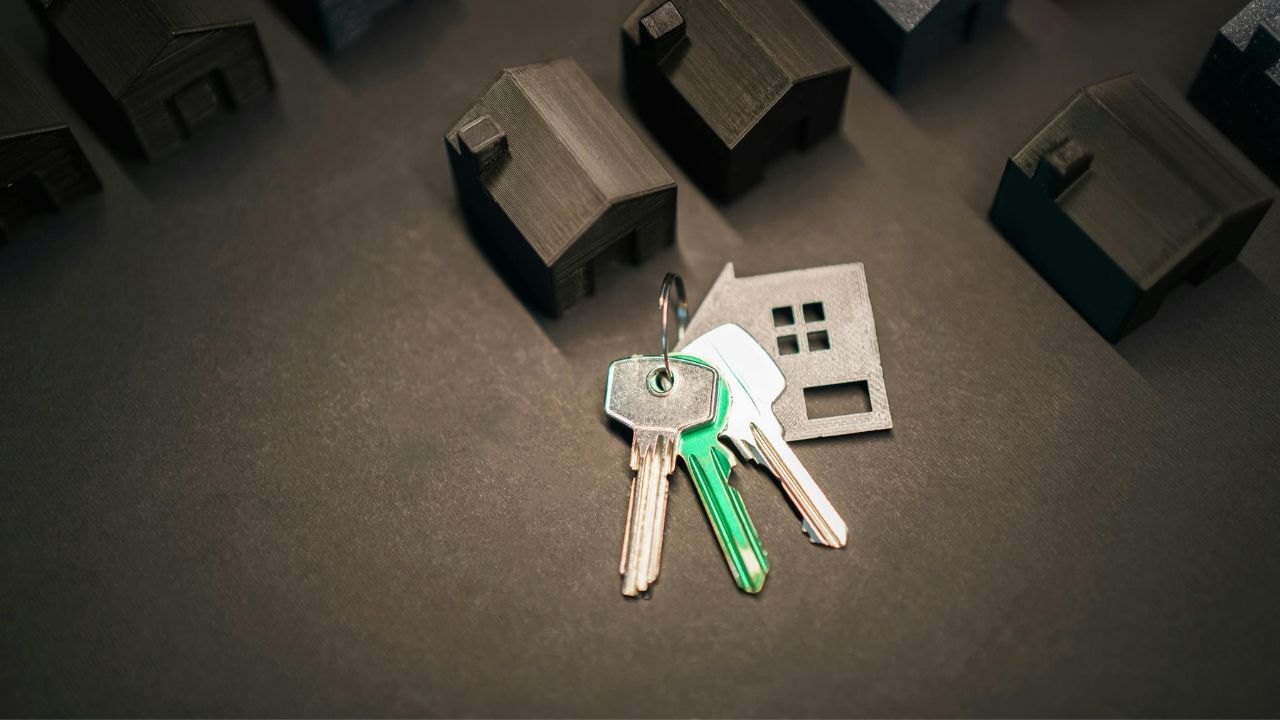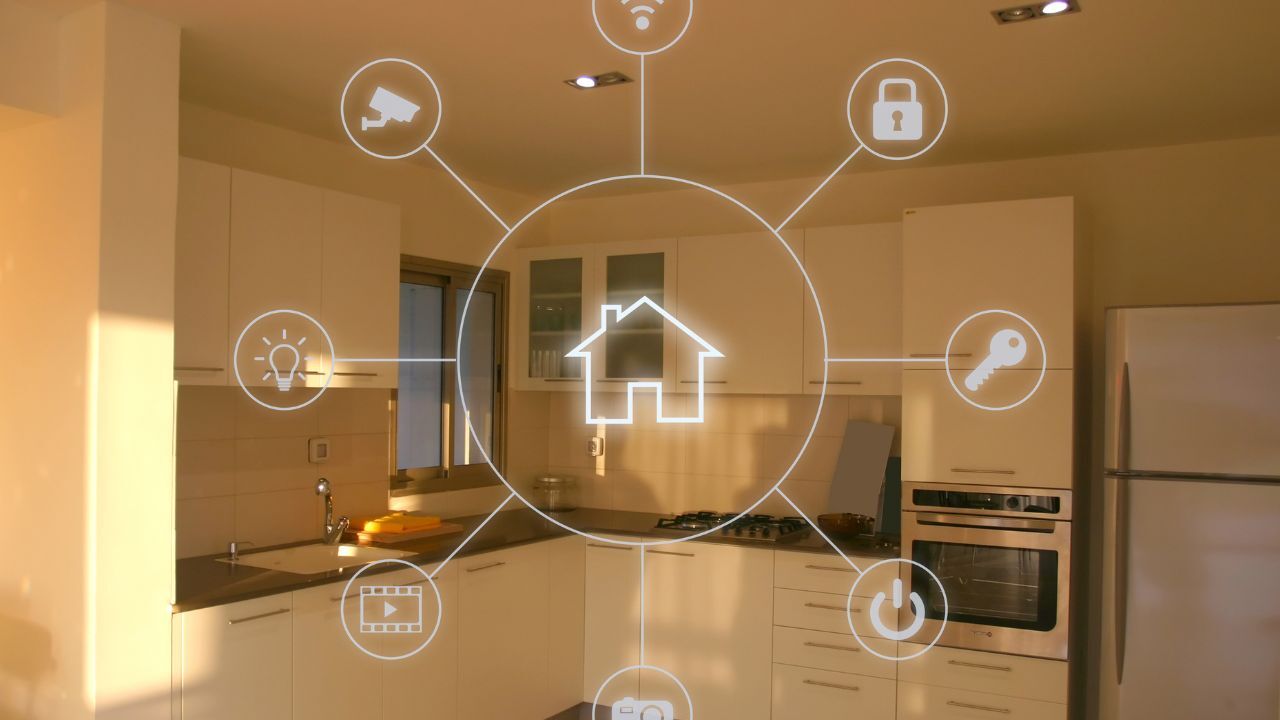 Some homes make people feel comfortable the moment they walk through the door. Even without saying a word, space communicates warmth, calmness, and connection. There is real science behind this reaction and understanding it can help sellers create a more appealing experience for potential buyers.
Some homes make people feel comfortable the moment they walk through the door. Even without saying a word, space communicates warmth, calmness, and connection. There is real science behind this reaction and understanding it can help sellers create a more appealing experience for potential buyers.
The Power of First Impressions
People form opinions within seconds. A clean entryway, clear pathways, and simple decor help the brain process information more easily. When the mind feels at ease, space feels more inviting. Clutter, on the other hand, increases mental load and can make a home feel smaller or less comfortable.
The Role of Lighting and Color
Light plays a major role in how the brain interprets space. Natural light sends signals that boost positive feelings and a sense of calm. Soft, warm lighting in the evening creates comfort and relaxation. Color also triggers emotional responses. Neutral tones help buyers feel grounded, while soft accent colors add interest without overwhelming the senses.
How Scent and Sound Influence Mood
Smell is directly connected to the emotional center of the brain. Light, clean scents such as soft vanilla or fresh citrus can make a space feel peaceful and pleasant. Sound also matters. Gentle background music creates rhythm and flow, helping visitors slow down and feel more comfortable as they explore the home.
The Importance of Balance and Layout
Homes that feel welcoming often have balanced layouts. Furniture that is spaced appropriately, open walkways, and rooms arranged with purpose help the brain feel oriented. When people can move through a home easily, they naturally feel more relaxed and open to imagining themselves living there.
A welcoming home connects with both the senses and the emotions. By focusing on light, color, scent, sound, and thoughtful layout, sellers can create an environment where buyers feel comfortable, calm, and ready to picture their future inside the home.
 Selling a home that has limited storage space can feel challenging, but with the right strategy, you can highlight the home’s strengths and help buyers focus on possibility rather than limitations. With thoughtful preparation and clear presentation, even a small-space property can make a strong impression.
Selling a home that has limited storage space can feel challenging, but with the right strategy, you can highlight the home’s strengths and help buyers focus on possibility rather than limitations. With thoughtful preparation and clear presentation, even a small-space property can make a strong impression. Selling a home can feel emotional and overwhelming, especially when financial pressures make it difficult to keep up with payments. For some homeowners, a short sale becomes a realistic path toward a fresh start. If you are exploring this option, understanding how the process works can help you move forward with confidence.
Selling a home can feel emotional and overwhelming, especially when financial pressures make it difficult to keep up with payments. For some homeowners, a short sale becomes a realistic path toward a fresh start. If you are exploring this option, understanding how the process works can help you move forward with confidence. Selling your home can be both exciting and overwhelming. Between preparing for showings, reviewing offers, and planning a move, the process can feel like a full-time job. As real estate agents, we understand that homeowners often struggle to balance it all, especially when they are still living in the property. With the right strategies and mindset, it is possible to stay organized, reduce stress, and make the experience smoother from start to finish.
Selling your home can be both exciting and overwhelming. Between preparing for showings, reviewing offers, and planning a move, the process can feel like a full-time job. As real estate agents, we understand that homeowners often struggle to balance it all, especially when they are still living in the property. With the right strategies and mindset, it is possible to stay organized, reduce stress, and make the experience smoother from start to finish. Not all homes spend weeks on the market waiting for buyers. Some properties sell before they are listed on the Multiple Listing Service, also known as pocket or off-market sales. Understanding why this happens can help buyers and sellers navigate the real estate landscape more strategically and take advantage of opportunities that are not publicly advertised.
Not all homes spend weeks on the market waiting for buyers. Some properties sell before they are listed on the Multiple Listing Service, also known as pocket or off-market sales. Understanding why this happens can help buyers and sellers navigate the real estate landscape more strategically and take advantage of opportunities that are not publicly advertised. Selling a home in today’s market is about more than location and curb appeal. Smart home technology can significantly impact how quickly a property sells and at what price. Buyers increasingly value convenience, energy efficiency, and connectivity, making smart features a selling point that can set your home apart from others on the market.
Selling a home in today’s market is about more than location and curb appeal. Smart home technology can significantly impact how quickly a property sells and at what price. Buyers increasingly value convenience, energy efficiency, and connectivity, making smart features a selling point that can set your home apart from others on the market.